Bankruptcy
Bankruptcy is a legal status of an individual or other entity that cannot repay debts to creditors. In most jurisdictions, bankruptcy is imposed by a court order, often initiated by the debtor.
Chapter 7
For businesses
When a troubled business is unable to pay its creditors, it may file (or be forced by its creditors to file) for bankruptcy in a federal court under Chapter 7. A Chapter 7 filing means that the business ceases operations unless those operations are continued by the Chapter 7 Trustee. A Chapter 7 trustee is appointed almost immediately, with broad powers to examine the business's financial affairs. The Trustee generally liquidates the assets and distributes the proceeds to the creditors.[2] This may or may not mean that all employees will lose their jobs. When a large company enters Chapter 7 bankruptcy, entire divisions of the company may be sold intact to other companies during the liquidation.
The investors who took the least amount of risk prior to the bankruptcy are generally paid first. For example, secured creditors will have taken less risk, because the credit that they will have extended is usually backed by collateral, such as assets of the debtor company. Secured creditors often know they will get paid first if the company declares bankruptcy. Fully secured creditors, such as collateralized bondholders or mortgage lenders, have a legally enforceable right to the collateral securing their loans or to the equivalent value, a right which generally cannot be defeated by bankruptcy. A creditor is fully secured if the value of the collateral for its loan to the debtor equals or exceeds the amount of the debt. For this reason, however, fully secured creditors are not entitled to participate in any distribution of liquidated assets that the bankruptcy trustee might make.
In a Chapter 7 case, a corporation or partnership does not receive a bankruptcy discharge. An individual can receive a Chapter 7 discharge. Once all assets of the corporate or partnership debtor have been fully administered, the case is closed. The debts of the corporation or partnership theoretically continue to exist until applicable statutory periods of limitations expire.
For individuals
Individuals who reside, have a place of business, or own property in the United States may file for bankruptcy in a federal court under Chapter 7 ("straight bankruptcy", or liquidation). Chapter 7, as with other bankruptcy chapters, is not available to individuals who have had bankruptcy cases dismissed within the prior 180 days under specified circumstances.
In a Chapter 7 bankruptcy, the individual is allowed to keep certain exempt property. Most liens, however (such as real estate mortgages and security interests for car loans), survive. The value of property that can be claimed as exempt varies from state to state. Other assets, if any, are sold (liquidated) by the trustee to repay creditors. Many types of unsecured debt are legally discharged by the bankruptcy proceeding, but there are various types of debt that are not discharged in a Chapter 7. Common exceptions to discharge include child support, income taxes less than 3 years old, property taxes, student loans (unless the debtor prevails in a difficult-to-win adversary proceeding brought to determine the dischargeability of the student loan), and fines and restitution imposed by a court for any crimes committed by the debtor. Spousal support is likewise not covered by a bankruptcy filing, nor are property settlements through divorce. Despite their potential non-dischargeability, all debts must be listed on bankruptcy schedules.
Chapter 11
Chapter 11 is a chapter of Title 11 of the United States Bankruptcy Code, which permits reorganization under the bankruptcy laws of the United States. Chapter 11 bankruptcy is available to every business, whether organized as a corporation, partnership or sole proprietorship, and to individuals, although it is most prominently used by corporate entities. In contrast, Chapter 7 governs the process of a liquidation bankruptcy (although liquidation can go under this chapter), while Chapter 13 provides a reorganization process for the majority of private individuals.
Chapter 13
Title 11 of the United States Code sets forth the statutes governing the various types of relief for bankruptcy in the United States. Chapter 13 of the United States Bankruptcy Code provides an individual the opportunity to propose a plan of reorganization to reorganize their financial affairs while under the bankruptcy court's protection. The purpose of chapter 13 is to enable an individual with a regular source of income to propose a chapter 13 plan that provides for their various classes of creditors. Under chapter 13, the Bankruptcy Court has the power to approve a chapter 13 plan without the approval of creditors as long as it meets the statutory requirements under chapter 13. Chapter 13 plans are usually three to five years in length and may not exceed five years. Chapter 13 is in contrast to the purpose of Chapter 7, which does not provide for a plan of reorganization, but provides for the discharge of certain debt and the liquidation of non-exempt property. A Chapter 13 plan may be looked at as a form of debt consolidation, but a Chapter 13 allows a person to achieve much more than simply consolidating his or her unsecured debt such as credit cards and personal loans. A chapter 13 plan may provide for the three general categories of debt: priority claims, secured claims, priority unsecured claims, and general unsecured claims. Chapter 13 plans are often used to cure arrearages on a mortgage, avoid "underwater" junior mortgages or other liens, pay back taxes over time, or partially repay general unsecured debt. In recent years, some bankruptcy courts have allowed Chapter 13 to be used as a platform to expedite a mortgage modification application.

